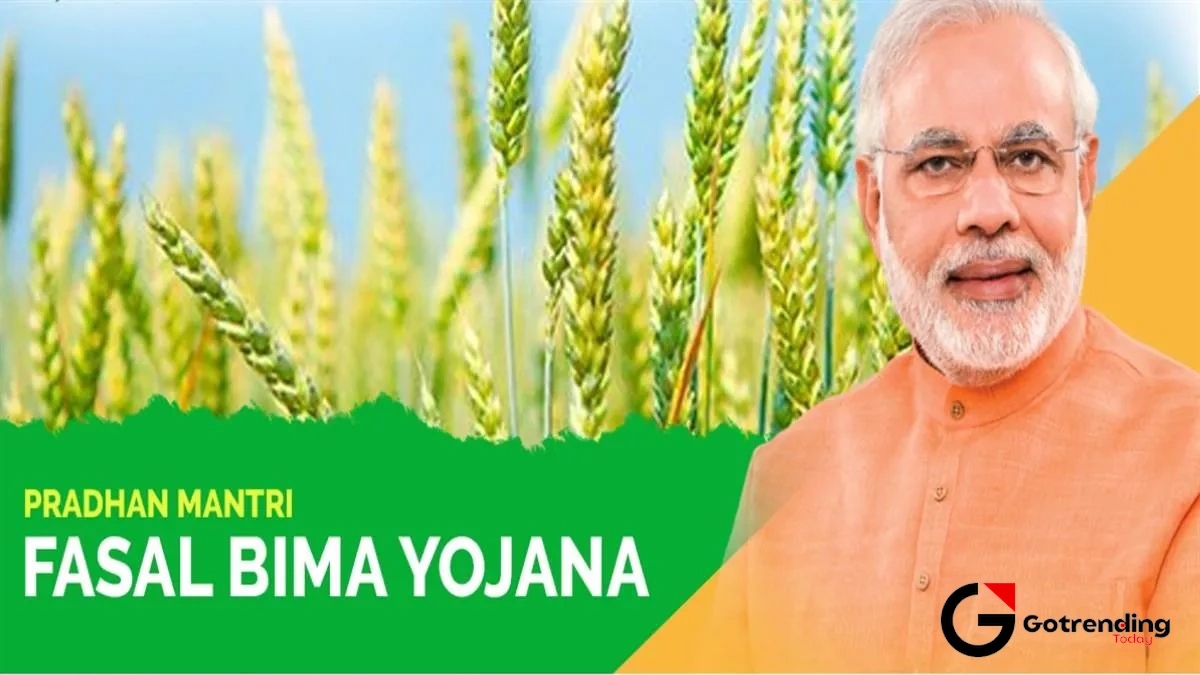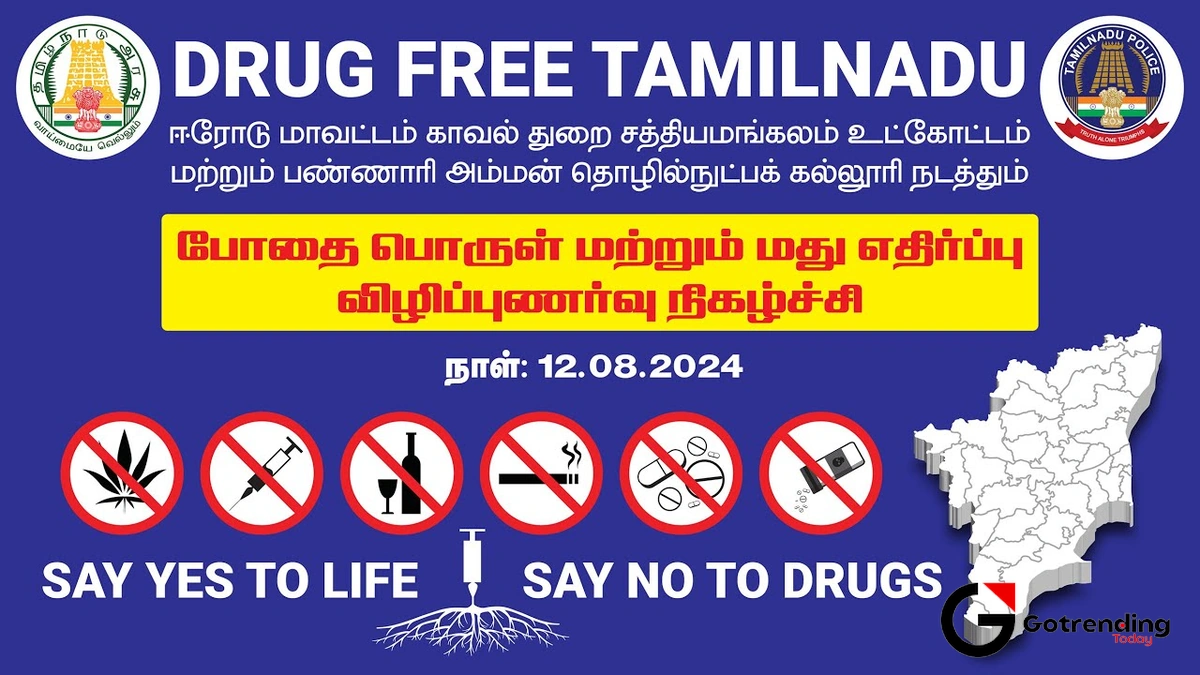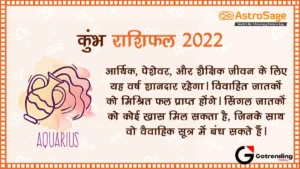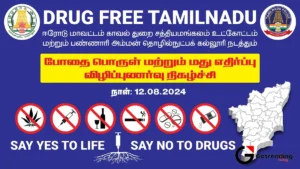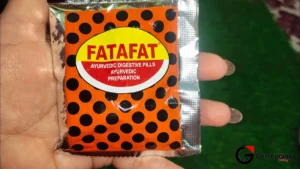The Pradhan Mantri Fasal Bima Yojana | Why This Isn’t Just ‘Farmer Insurance’ (And Why You Should Care)
Alright, let’s grab a virtual coffee and talk about something that sounds incredibly formal but is actually one of the most important, and dramatic, stories unfolding across India today: The Pradhan Mantri Fasal Bima Yojana . Stay with me here. This isn’t just about dry government policy; it’s about our food, our economy, and the sheer, heart-stopping gamble of being a farmer in the 21st century.
We insure our phones against a cracked screen, right? We get health insurance for a medical emergency. But what if your entire livelihood your family’s future, your kids’ education, your ability to simply survive depended on something as wildly unpredictable as the monsoon?
That’s the reality for millions of Indian farmers. And that’s where this massive, complicated, and often controversial scheme comes in. But to truly get it, we need to look past the official name and understand what it’s really trying to do.
So, What Exactly is This Fasal Bima Yojana? (Let’s Ditch the Jargon)
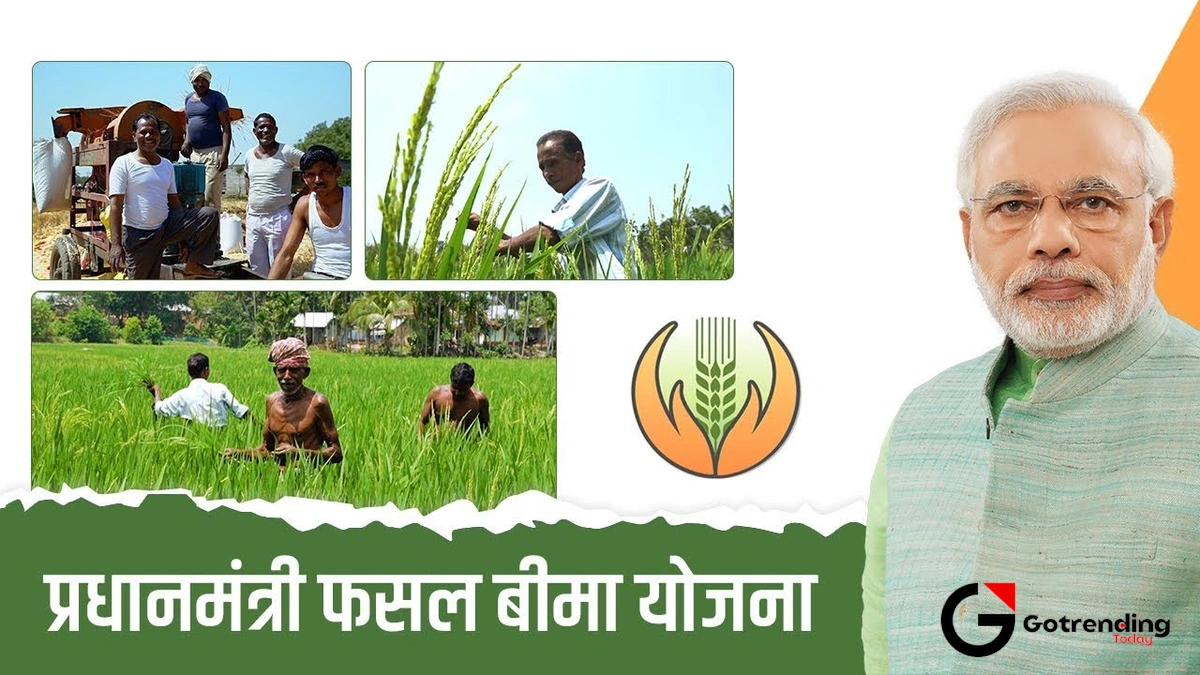
At its heart, the Pradhanamamtri Phasala Bima Yojana (PMFBY) is a government-backed crop insurance scheme. Think of it as a safety net for farmers. It was launched in 2016, replacing older, clunkier insurance schemes that weren’t really working.
Here’s the simple breakdown:
- The Farmer’s Role: A farmer pays a very small, fixed premium to insure their crops. We’re talking seriously low: 2% of the insured sum for Kharif crops (like rice and maize), 1.5% for Rabi crops (like wheat and mustard), and 5% for commercial and horticultural crops (like cotton or mangoes).
- The Government’s Role: The rest of the premium, which is often much higher, is paid by the Central and State governments. They heavily subsidise it to make it affordable.
- The Coverage: The insurance kicks in if the crop fails for a whole range of reasons. We’re talking drought, floods, landslides, hailstorms, cyclones—basically, nature’s entire arsenal. It even covers losses from pest attacks and, in some cases, losses that happen *after* the harvest, like if unseasonal rain ruins crops left to dry in the field.
What fascinates me is the ambition here. It’s not just a small-time program. It is, by volume, the largest crop insurance scheme in the world. But the real story isn’t in the numbers. It’s in the ‘why’.
The Big ‘Why’ | This is More Than Just a Payout for a Bad Harvest
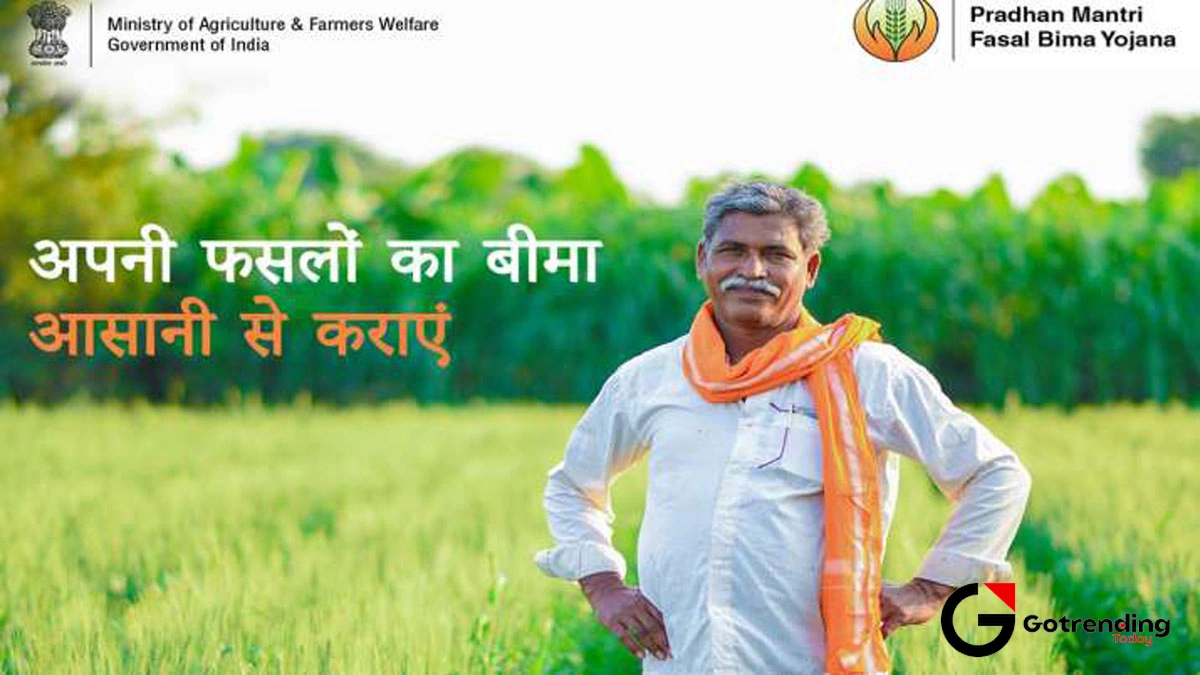
This is where we move from a simple news report to a real analysis. The PMFBY isn’t just a compensation tool. It’s an attempt to fundamentally rewire the economics and psychology of Indian agriculture. Let’s be honest, that’s a monumental task.
First, it’s a direct response to climate change . Indian farming has always been a “gamble on the monsoon,” but that gamble is getting riskier. Rains are more erratic, heatwaves are more intense, and freak weather events are becoming the norm. The PMFBY is, in essence, a national-level climate adaptation strategy. It’s a tool designed to give farmers a fighting chance against a climate they didn’t create but whose consequences they face first-hand.
Second, it’s about stabilising farmer income . This is the big one. When a farmer’s income is protected from a catastrophic loss, something magical happens. They can stop farming out of desperation and start farming with a plan. They might feel secure enough to take a bank loan for a new tractor, invest in better quality seeds, or try a more profitable but slightly riskier crop. It’s about breaking the crippling cycle of debt that has plagued rural India for generations. When farmers are financially stable, they can invest, innovate, and thrive.
And third, what most people miss, is the quiet tech revolution it’s sparking. To make this massive scheme work, the government is pushing for technology at every level. We’re talking about:
- Drones: Being used to assess crop damage more accurately and quickly than a person on the ground ever could.
- Satellite Imagery: To monitor crop health across vast areas and identify regions under stress.
- Smartphone Apps: The ‘Crop Insurance’ app allows farmers to report losses directly from their fields, bringing a new level of transparency.
This scheme is dragging Indian agriculture, sometimes kicking and screaming, into the digital age. This is no small feat. It’s a systemic challenge, a bit like untangling the reasons behind a city-wide bmtc strike ; there are multiple layers of problems that technology and policy are trying to solve together.
The Elephant in the Room | Let’s Be Honest About the Problems
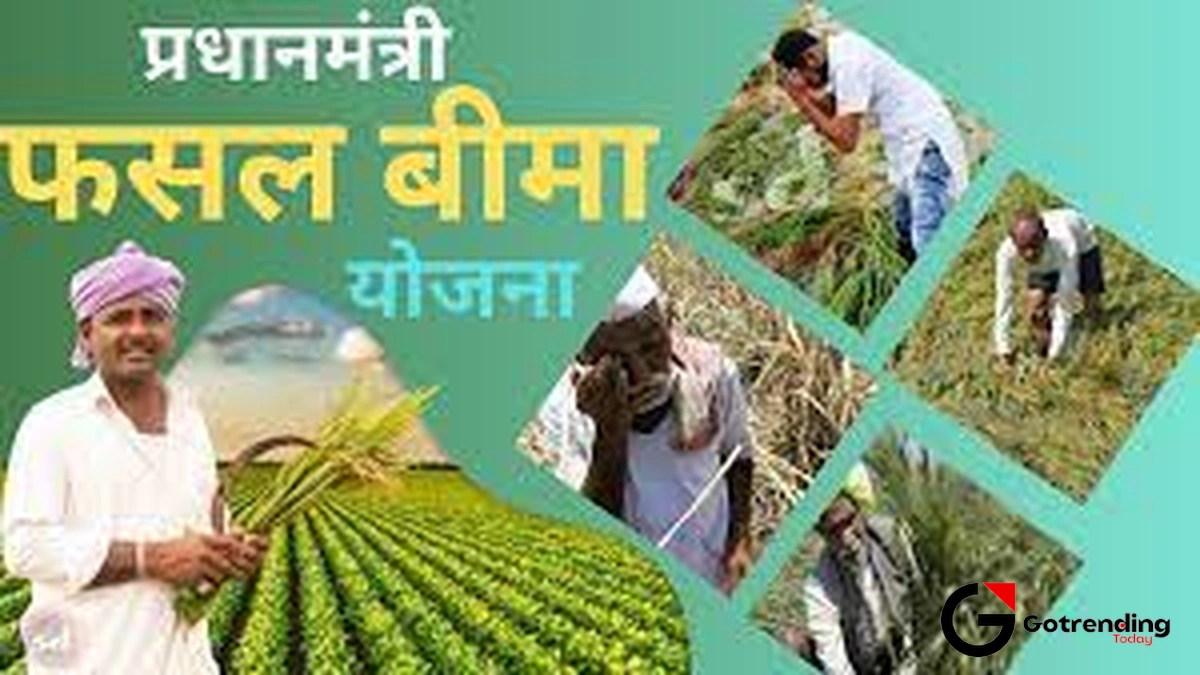
Now, for the dose of reality. Is the crop insurance scheme a perfect, flawless system? Absolutely not. Talk to farmers on the ground, and you’ll hear a lot of frustration. It’s crucial to understand these criticisms because they reveal the gap between a policy’s noble intention and its real-world execution.
The Payout Predicament: The single biggest complaint is the delay in claim settlements. A farmer whose crop is wiped out in July needs financial help in August, not in February of next year. Bureaucratic hurdles, disagreements between insurance companies and state governments over data, and sheer administrative friction often lead to agonising delays. This delay defeats the very purpose of quick relief.
The Assessment Agony: How is crop loss even measured? Traditionally, it’s done through something called Crop Cutting Experiments (CCEs), where officials measure the yield from a few small, randomly selected plots in a village to estimate the loss for the entire area. The problem? Your farm might be completely flooded, but if the designated CCE plot a kilometer away is somehow okay, you might not get a full payout. It feels unfair, and it often is. The move to drone and satellite tech is meant to fix this, but the rollout is slow and uneven.
The Private Player Puzzle: The scheme is implemented not by the government directly, but through a panel of private insurance companies. This has led to a fierce debate. Critics argue that these companies have made significant profits from the high, government-subsidised premiums while being slow to pay claims. Several states, like Gujarat, Andhra Pradesh, and West Bengal, have even exited the scheme to set up their own insurance models, believing they can do it better and more fairly. Getting this public-private strategy right is key, a lesson that applies as much to farming policy as it does to sports leadership, as the journey of someone like graham thorpe shows.
Is It Actually Working? A Look at the Real-World Scorecard
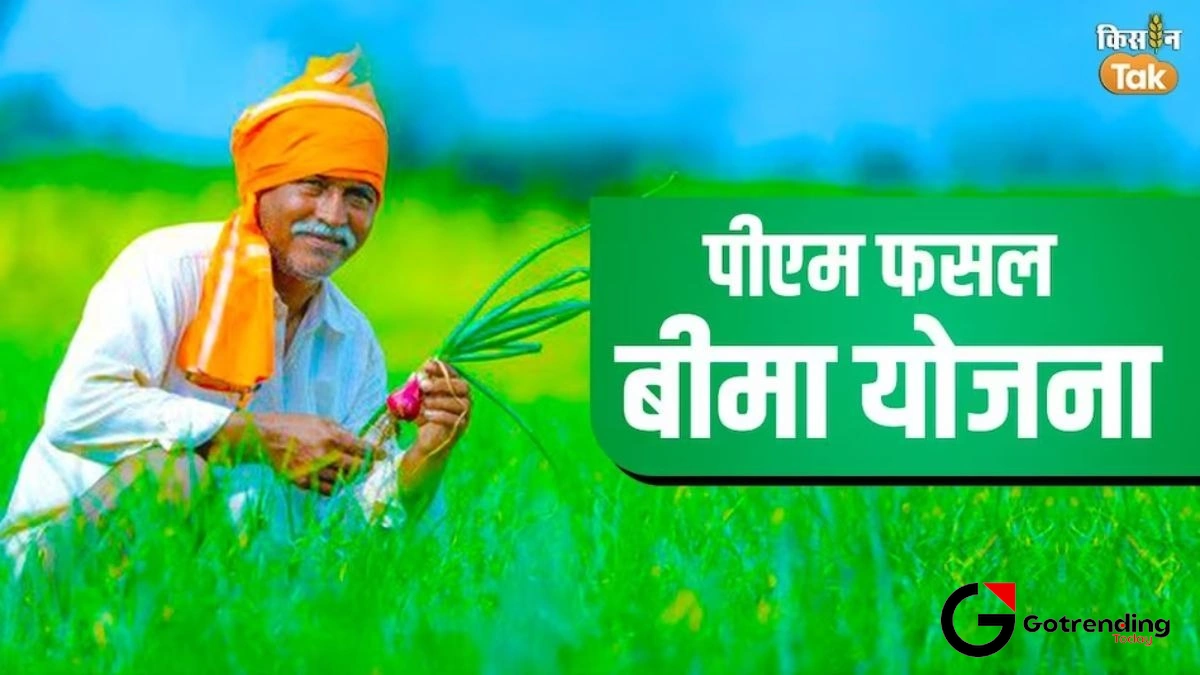
So, after all that, what’s the verdict? The honest answer is… it’s mixed. It’s a story of both incredible success and deep disappointment.
On one hand, according to data from the official PMFBY portal , over the years, farmers have paid a few thousand crores in premiums and have received claims worth over a lakh crore. For the millions of farmers who received those payouts, the scheme was a godsend. It was the difference between ruin and recovery. In regions hit by severe drought or floods, PMFBY has undeniably saved countless families from utter destitution.
But on the other hand, the scheme’s enrolment has been inconsistent. The shift in 2020 to make the scheme voluntary for all farmers (it used to be compulsory for those taking loans) saw a dip in participation in some areas. The trust isn’t fully there yet. For every success story, there’s another story of a farmer who feels let down by delays or unfair assessments.
Frequently Asked Questions About PMFBY
Who is eligible for the PMFBY scheme?
All farmers, including sharecroppers and tenant farmers who are growing notified crops in notified areas, are eligible for coverage. The key is that it has been made voluntary for everyone since 2020.
How are crop losses even calculated under this scheme?
It’s a mix of methods. For widespread calamities like a drought, assessments are based on ‘yield data’ collected through Crop Cutting Experiments (CCEs). For more localized issues like a hailstorm or landslide affecting only a few farms, individual assessments are supposed to be done.
What if I have issues with my claim? Where can I complain?
The first point of contact is the insurance company or the bank through which you were enrolled. If that doesn’t work, there are district-level and state-level grievance redressal committees. The official PMFBY portal also has resources and helpline numbers.
I’m not a farmer. Why should I really care about this?
Because the stability of our food supply chain starts with the stability of the farmer. When farmers are financially secure, they can produce consistently. This scheme, for all its flaws, is a national effort to ensure that the people who feed our 1.4 billion population aren’t bankrupted by a single bad monsoon. Their stability is our food security.
So, the Pradhanamamtri Phasala Bima Yojana is messy. It’s ambitious. It’s imperfect. But it’s also one of the most critical socio-economic experiments happening in India right now. It’s a conversation the country is having with its farmers a conversation about risk, resilience, and the future of food in an uncertain world.
It’s less of a finished policy and more of a live, evolving project. And watching how it adapts, improves, and ultimately performs will tell us a lot about the future of Indian agriculture itself.
